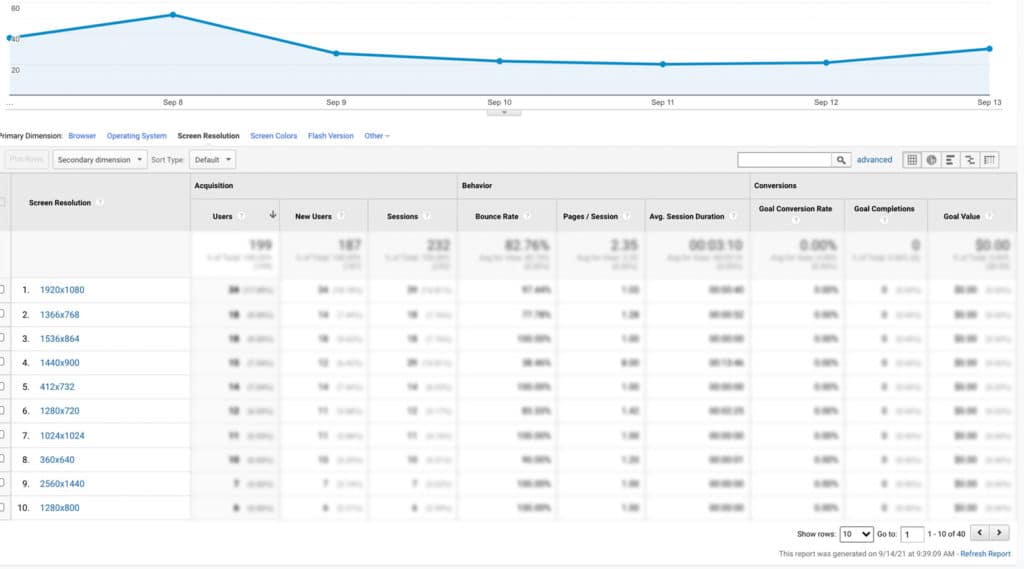Google’s ‘above the fold’ page layout algorithm is a Google Search ranking factor that Google introduced in 2012. Google said it changed because it wanted to “provide more relevant search results” and “improve its relevance.” In other words, Google wants to do a better job of showing you what you’re looking for on the first few web pages of Google Search. Google’s algorithms have evolved, but even today – with all these changes – there is still confusion about how Google determines who ranks at the top for most queries.

Table of Contents
What Was the Google Page Layout Algorithm?
The page layout algorithm was updated to identify websites with excessive amounts of static advertisements above the fold. These advertisements would force people to scroll down the page to view the information.
This update didn’t include pop-ups or overlay ads.
Timeline: Google Page Layout Algorithm Update
- January 19, 2012: Page Layout Algorithm Launched. The Top Heavy algorithm change, also known as “Top Heavy” or the “above-the-fold” algorithm update, was implemented by Google to combat sites that displayed too much advertising above the fold.
- October 9, 2012: Page Layout Algorithm Update. This update adjusted its algorithm and allowed websites to be hit by the first Google algorithm rollout to recover potentially.
- February 6, 2014: Page Layout Algorithm Refresh. On February 6, 2014, Google released a refresh of the page layout algorithm; it appeared Google reran the algorithm and updated its index.
- November 1, 2016, Automated Algorithm. This update enabled Google to pick up on changes to your website and adjust rankings automatically after crawling your site.
Page Layout Algorithm’s Impact on Websites
To the point where user experience was weak, websites with excessive ads had to re-think their web design. Ad revenue would suffer from zero traffic over fewer ads.
“This algorithmic change does not affect sites who place ads above-the-fold to a normal degree, but affects sites that go much further to load the top of the page with ads to an excessive degree or that make it hard to find the actual original content on the page.”
Matt Cutts
How to recover from the Page Layout Algorithm?
If Google detects that users can’t find the information they’re looking for on a page, it’s likely to rank lower in search results. It’s essential to check these factors.
Users Screen Resolution Size

The screen resolution of your audience determines the above-the-fold region. Test the screen size variations to see if any views are hampering the user experience. Ensure your mobile, tablet, and desktop are all responsive. A mobile user should not scroll down the page 5-6x more than a desktop user to see the content.
Third-Party Reviews

Ask friends and family to test out your website and have them critic the user experience. You can also use heatmap tracking tools and paid video user reviews.
The Takeaway
Google’s message is clear: They value user experience; the best websites focus on balancing ads and content win.
There is a fine line between keeping a website profitable and keeping users engaged. This Google algorithm may have gone into effect years ago, but the lessons it taught us – and problems that arise from its use are still relevant today.
FAQ
What is the Google Page Layout Algorithm?
Published on: 2021-09-14
Updated on: 2024-09-16